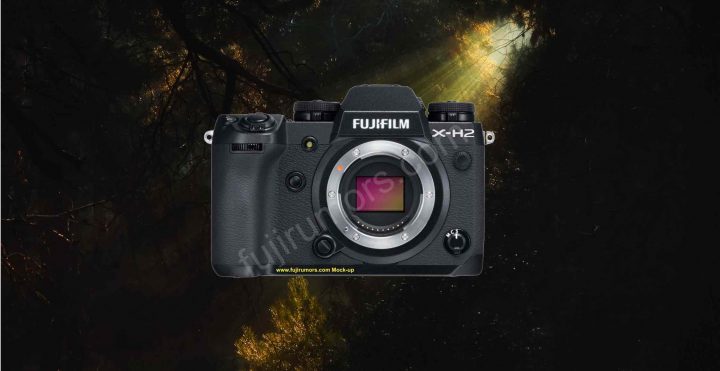Fujifilm X-H2 with 40MP? Don’t Worry About Low Light Performance, as More Pixels are Better for That (but Not For…)

Fujifilm X-H2 and Low Light Photography
When I published the rumor, that the Fujifilm X-H2 will feature a 40 megapixel sensor, some guys paniced that low light performance will terribly suffer from the increased megapixel bump.
But don’t panic, that’s just a myth, that lived for a long time, but finally also DPReviewTV debunked it (video below).
They made prints of a low resolution Sony A7S and high res Sony A7r camera and compared the results for low light portraits.
In short: the Sony A7S might inherently have less noise, but since it’s magnified more, the noise looks blockier, hence has bigger blocks of color noise. And the Sony A7S files look also quite soft. On the other hand, noise on the high resolution Sony A7R looks better and sharper even in low light.
I loved when the guy, who runs a professional printing shop, said “I’ve never wished for lower resolution. I’ve always wished for higher resolution“. I think this pretty much brings it to the point.
Also, since the Sony A7r has more pixels, you can apply more noise reduction and still get away with sharp looking files, which also improves noise performance.
So guys, don’t panic about low light performance on the 40 Megapxiel Fujifilm X-H2.
Where low resolution really makes the difference, is not noise performance, but sensor readout, and that’s the single most important aspect in favor of less megapixel.
Less megapixels means smaller files for the processor to read out and hence all the benefits that come with it like less rolling shutter in video or electronic shutter stills, no crops at high frame rate recording, less overheating issues and so forth.
Also computational photography is easier to achieve with smaller sensors. Look at what your smartphone can do for example. And this is also a huge advantage for APS-C sensors (and even more for M43 sensors) over Full Frame or that other sensor format that is 70% fuller than that, the GFX system. ;)
Fujifilm has to be wise, and squeeze the most out of the advantages the fast sensor readout on APS-C offers. The X-T3 for example jumped ahead of competition in terms of video specs. The Fujifilm X-H2 will probably be mind blowing too in this regard. But the real magic that has to happen is computational photography. If Fuji gets this done, as they said in their 3 years AI plan, then get ready for some amazing stuff to come. With one condition, though: that computational photography will never take over the work of photographers (like with smartphones, who basically “think” for you), but just be an option that we can use and ignore when we want.
The Fastest Growing Fujifilm Group
- Fujifilm Film Simulation Group (100% Fuji Colors Power)
Follow FujiRumors on Patreon, Facebook, Instagram, RSS-feed, Youtube, Flipboard and Twitter
Join Our Owners Groups
- Fujifilm GFX User Group
- Fujifilm X-T User Group
- Fujifilm X-S User Group
- Fujifilm X-H User Group
- Fujifilm X-E User Group
- Fujifilm X-Pro User Group
- Fujifilm X100 line Group
Join Our Facebook Pages

